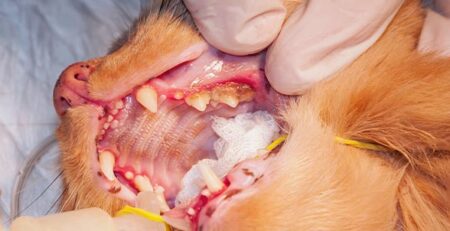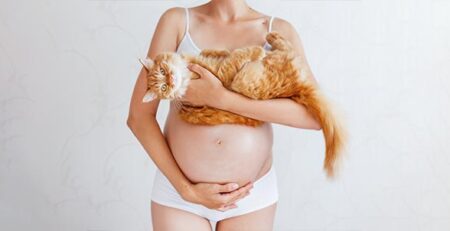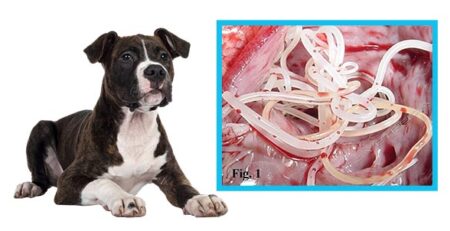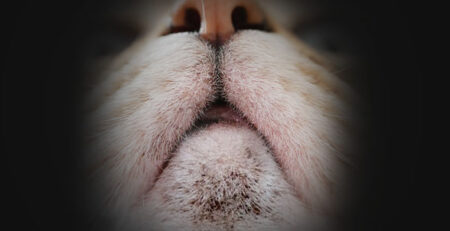Feline hepatic lipidosis, also called fatty liver syndrome, is the most common liver disease in cats.
Feline hepatic lipidosis consists of an accumulation of fat cells in the cat’s liver that prevents its normal function.
A sudden loss of appetite or reduced caloric intake are the triggers but beware!
There are primary causes why cats lose interest in food, and it is important to discover and resolve them before hepatic lipidosis develops and degenerates.
Why is it that if the cat is fasting, the liver becomes infilled with fat causing feline lipidosis?
When the cat does not eat and ingest enough protein, its body starts using fat stores to convert it into energy.
Lipids are channeled to the liver.
But this is where the problem begins, because cats’ metabolism is not suited for this process: their liver is not structured for the transformation of fat into energy.
Symptoms of feline lipidosis
Most cats with lipidosis have a history of inappetence lasting 3 to 7 days, and weight loss of 25 to 40%.
The most obvious symptoms of fatty liver syndrome in cats are:
- Anorexia
- Dehydration
- Nausea and hypersalivation
- Vomiting
- Weight loss
In the later stages of the disease, lethargy, jaundice (yellow discoloration of the skin), further weight loss, and sometimes even seizures are noted.
The diagnosis of feline lipidosis
Feline hepatic lipidosis is curable if diagnosed early.
It only takes two weeks for the disease to develop irreversibly.
Blood tests first reveal problems with liver function.
An accurate diagnosis also involves a study of the cat’s medical history, eating habits, and a physical examination to quantify weight loss, ascertain muscle atrophy, and check for jaundice.
Treatment and care
Cats suffering from advanced hepatic lipidosis with jaundice, seizures, or other metabolic problems should be admitted to a veterinary facility.
They will need to receive fluid therapy to reduce dehydration status and help liver detoxification.
Besides these shock treatments, nutritional support is the only treatment for this disease.
The diet, called the Metabolic Balance Recovery Diet, is designed precisely to minimize stress on the liver.
Four to six weeks are generally required for nutritional recovery.
The cat will need to be force-fed until it begins voluntary food consumption on its own.
If with the 5-7 days of nutrition the cat does not improve, a liver biopsy should be performed.
So it’s a long road, but the good news is that your cat can recover, in most cases, all of its functions.
Prognosis
A big problem with this disease is that cat owners, do not notice the symptoms until the cat is in a critical stage.
When the direct cause of lipidosis is known, the chances of cure are greatly increased.
If the main cause of lipidosis is unknown, the prognosis is less positive.
Some of the most common causes that prevent a cat from eating due to pain are dental problems.
Some causes of anorexia are sometimes emotional: the inclusion of a new animal in the family, for example.
Lipidosis is found more in obese cats.
If your cat is fat, it’s a good idea for him to gradually lose the extra pounds and for you to feed him a balanced diet.
If you suspect your cat is suffering from feline lipidosis, you can have a complete checkup and the necessary clinical examinations at our facility.
We would also like to remind you that in case of need and urgency Clinica La Veterinaria is always open h24 every day including holidays and with First Aid service from 8 pm to 8 am.
For the joy of seeing them HAPPY.











